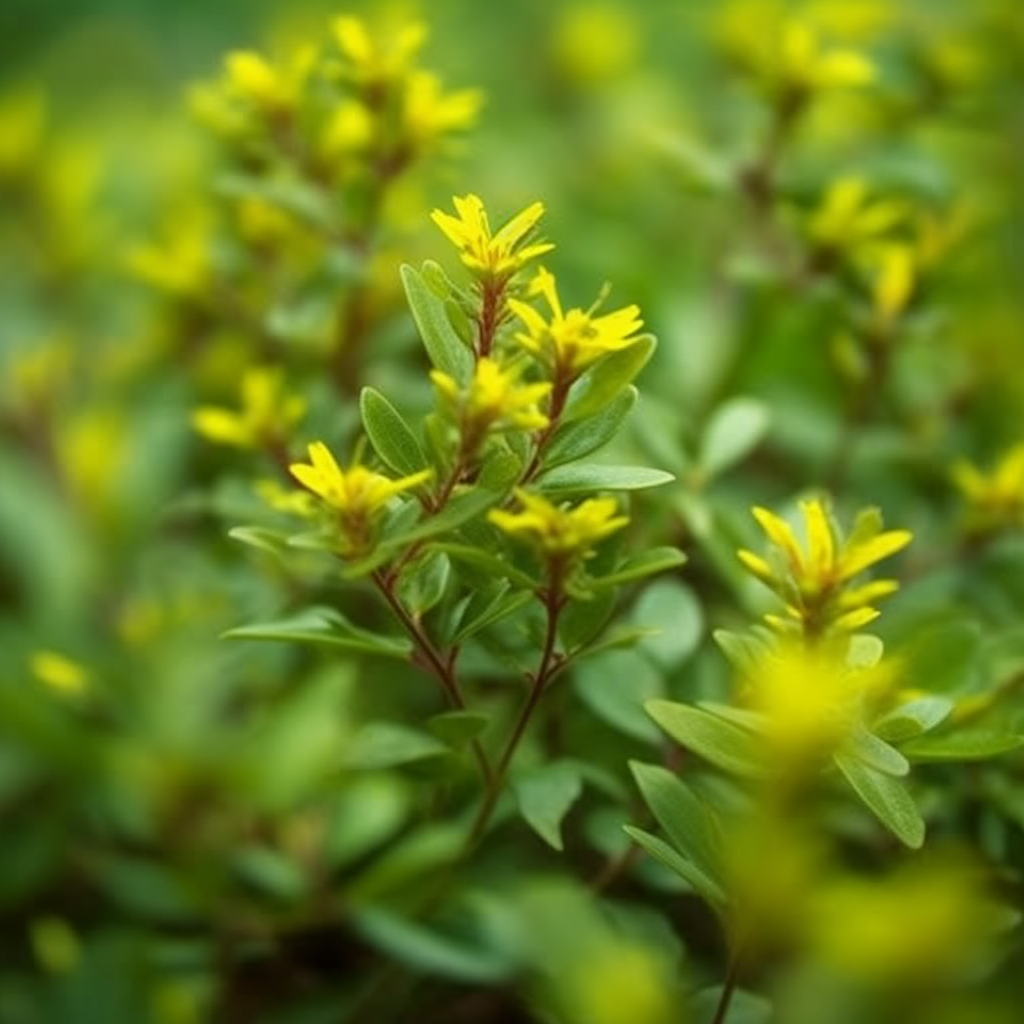Story of Day :
Contents
The Complete Guide to St. John’s Wort Plant Care Tips
If you’re a gardener looking for an easy-to-grow shrub that offers beauty and medicinal benefits, the St. John’s wort plant (Hypericum perforatum) is a perfect choice. This hardy and adaptable plant is native to Europe but has become popular in gardens worldwide for its yellow flowers, which bloom throughout the summer months.
Plant Description
The St. John’s wort plant is an upright shrub that can grow up to 3 feet tall and wide. Its green leaves are narrow, oval-shaped, and covered with tiny black dots known as oil glands that give them a perforated appearance when held up to light.
In midsummer, the plant produces star-shaped yellow flowers with five petals arranged around a central cluster of stamens. The blooms attract honeybees and other pollinators and continue blooming until late summer or early fall.
Benefits of Growing St. John’s Wort Plant
- The St.John’s wort plant is known for its medicinal properties since ancient times; it was used by ancient Greeks as an antidepressant herb
- It’s great for pollinators such as bees since it produces abundant nectar throughout blooming season
- It can be grown in many different types of soil including poor soils making it low maintenance foliage
- This plant can also add ornamental value to your garden due to its bright-yellow flowers during summer months
Growing Conditions & Care Tips
If you want your St.John’s Wort plants to grow successfully in your garden there are several growing conditions & care tips to keep in mind:
Sunlight
The St. John’s wort plant prefers full sun, but it can also tolerate partial shade. Therefore, you need to choose a site with at least 6 hours of direct sunlight every day.
Soil
The plant is adaptable to many soil types as long as they are well-draining. Ideally, the pH of the soil should be between 5 and 8; Sandy loam is a good choice for this plant.
Watering Needs
St.John’s Wort plants require moderate watering levels because they prefer well-drained soil that doesn’t stay too wet or too dry.
Fertilizer
If you feel like fertilizing your St.John’s Wort plants feed them once in early spring before new growth appears with a slow-release fertilizer designed for shrubs and trees or use organic compost added on top of the soil around the base of your plant.
Pests and Diseases
- Aphids: Aphids are tiny insects that suck sap from leaves and stems causing yellowing, stunted growth or distorted foliage. To remove aphids spray water on affected area often washing away these pests from plants
- Mites: Mites cause discoloration by sucking minerals out through their mouthparts leaving behind small brown spots all over leaves which eventually become yellowed & brittle dry-looking patches on your foliage if not treated promptly
- Caterpillars: Caterpillars eat leaves & stems leaving holes behind when undetected for long periods can lead to defoliation damaging overall health of your plant.
Harvesting and Using St. John’s Wort Plant
St.John’s Wort plants are most commonly utilized for medicinal purposes either by drying flowers & leaves for use as a tea or being processed into capsules, tinctures, or oils.
To harvest flowers cut the top portion of the stem where the first flower has opened using clean scissors. It’s best to avoid harvesting when flowers are wet with dew or raindrops since this can cause mold development, which can seriously affect their quality.
In Conclusion
The St.John’s wort plant is an easy-to-grow shrub that offers both ornamental and medicinal benefits to gardeners worldwide. Ensure adequate sunlight, well-draining soil conditions and moderate watering levels while protecting from pests/diseases and harvesting properly will lead to healthy thriving plants in your garden.
